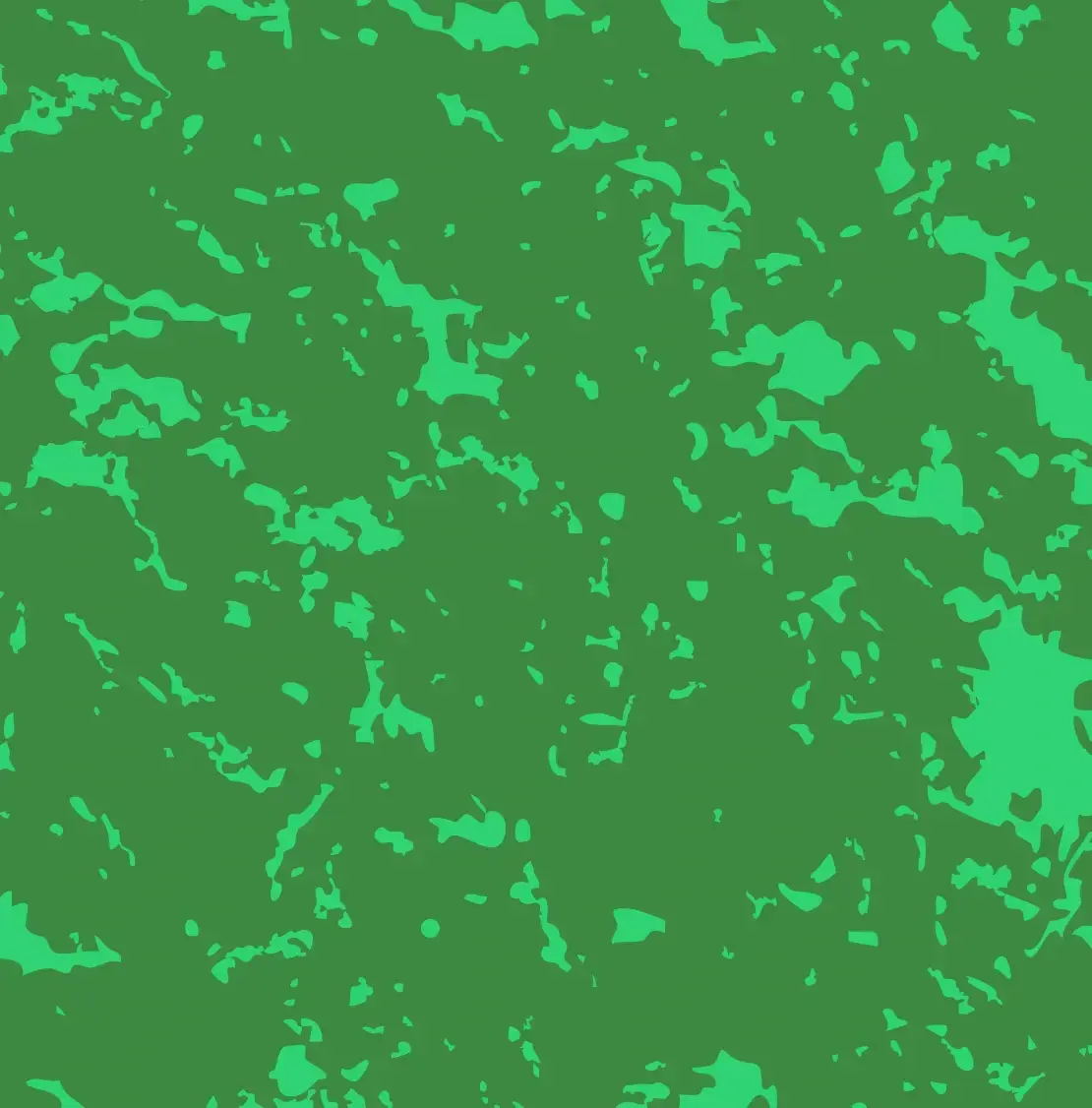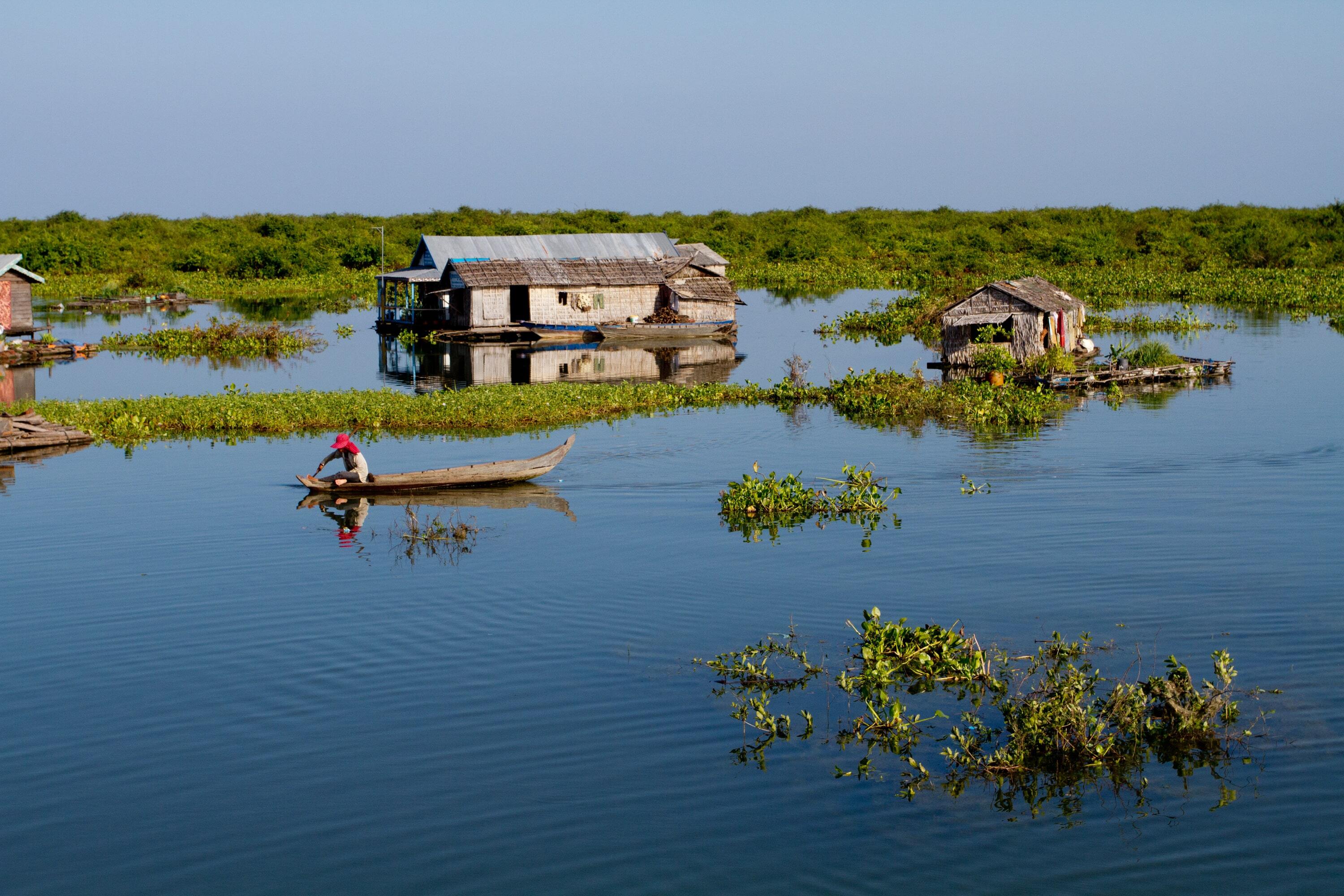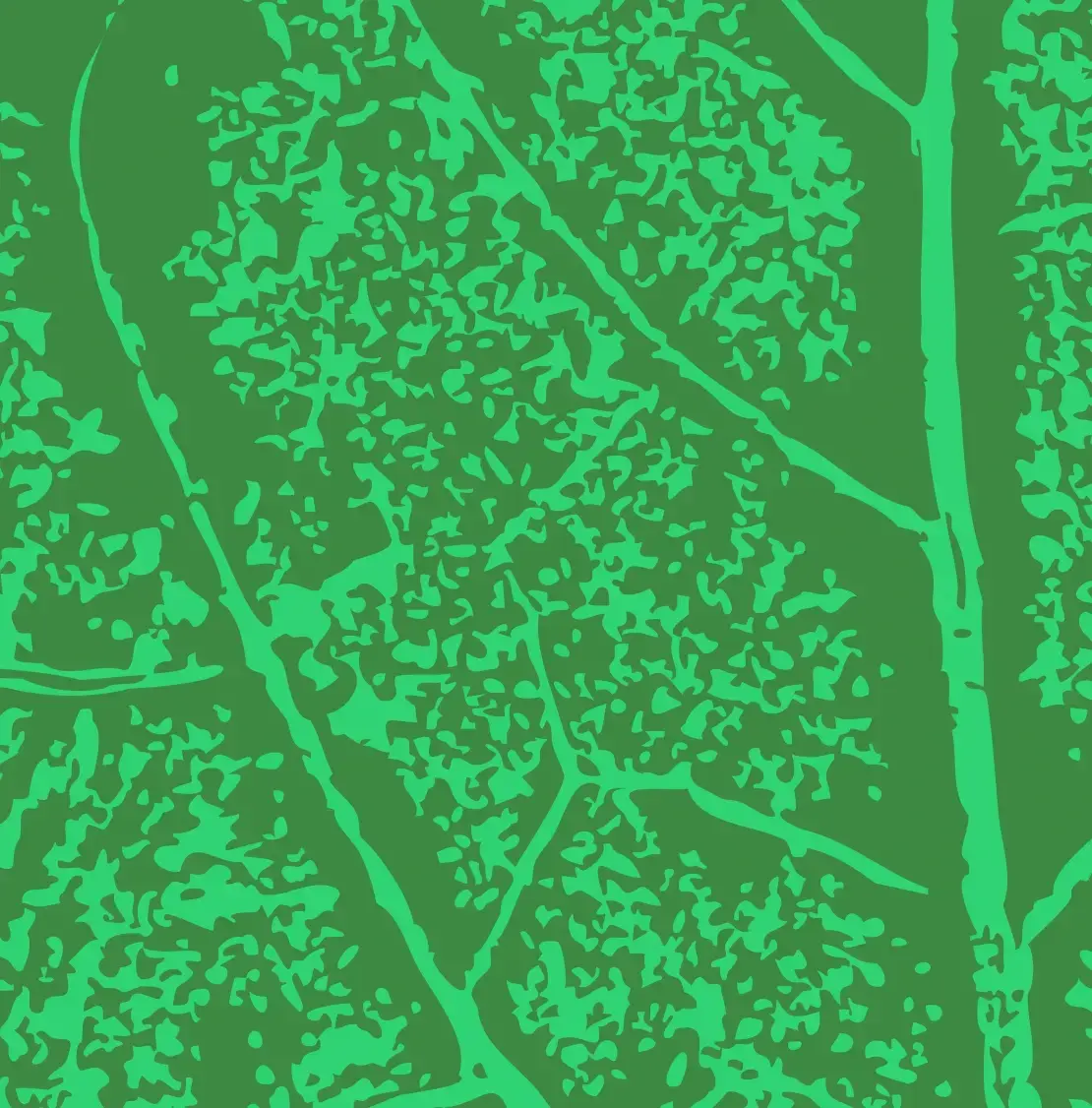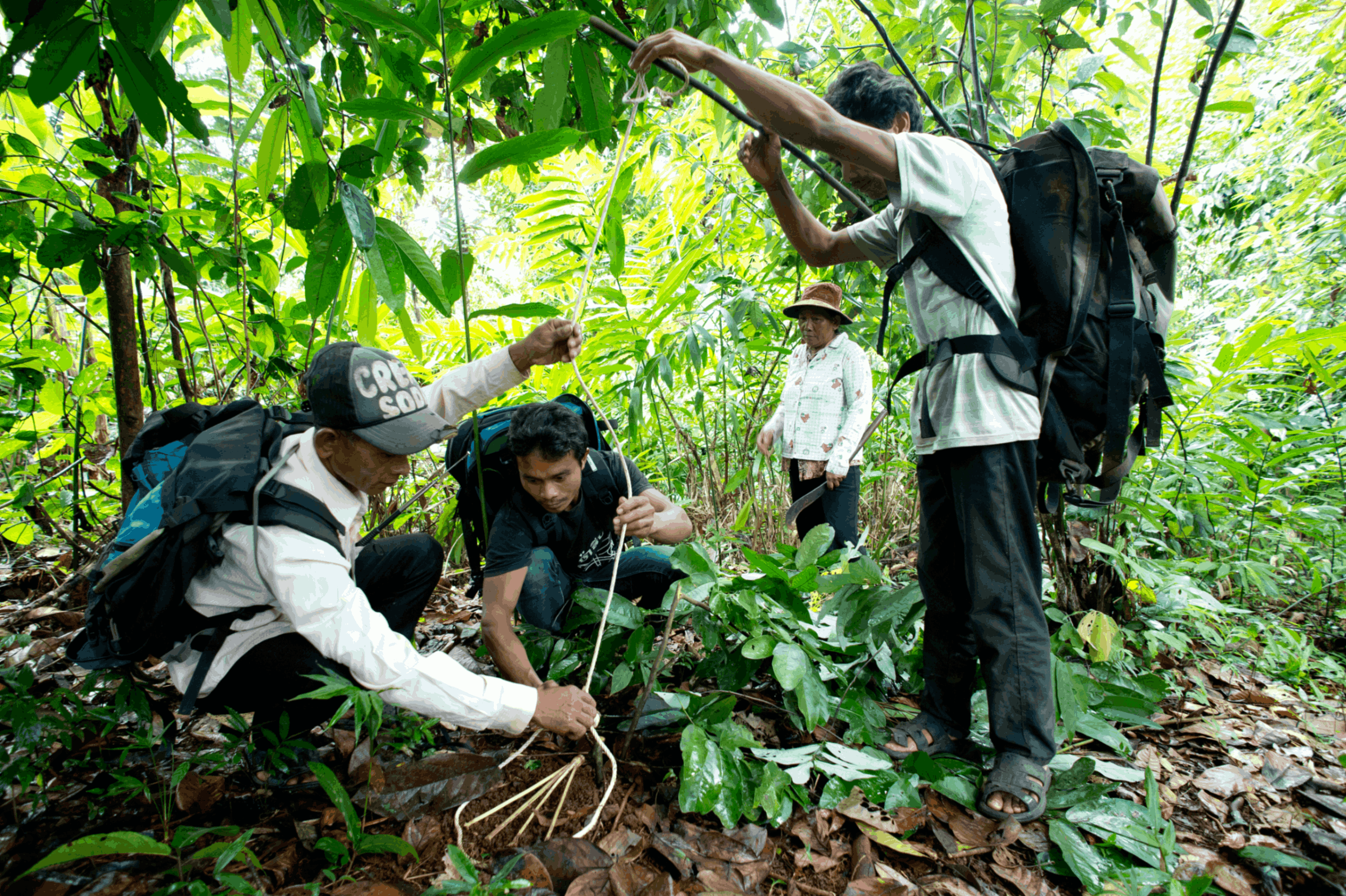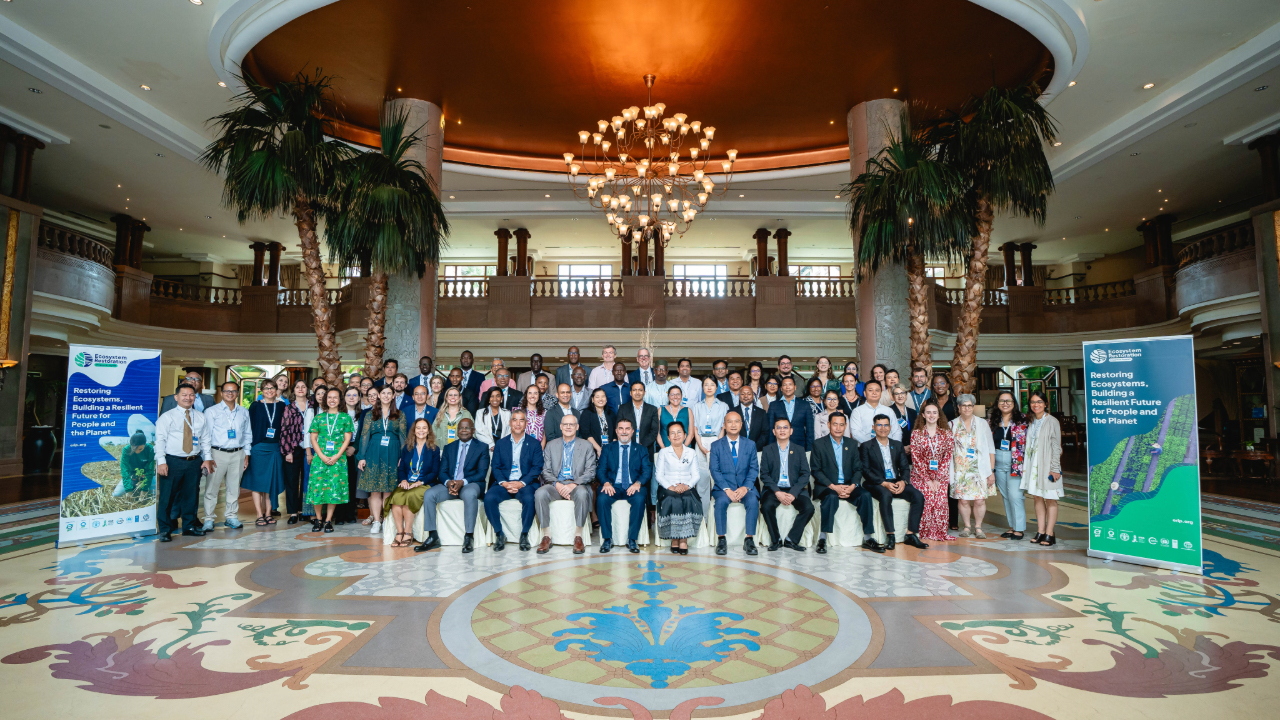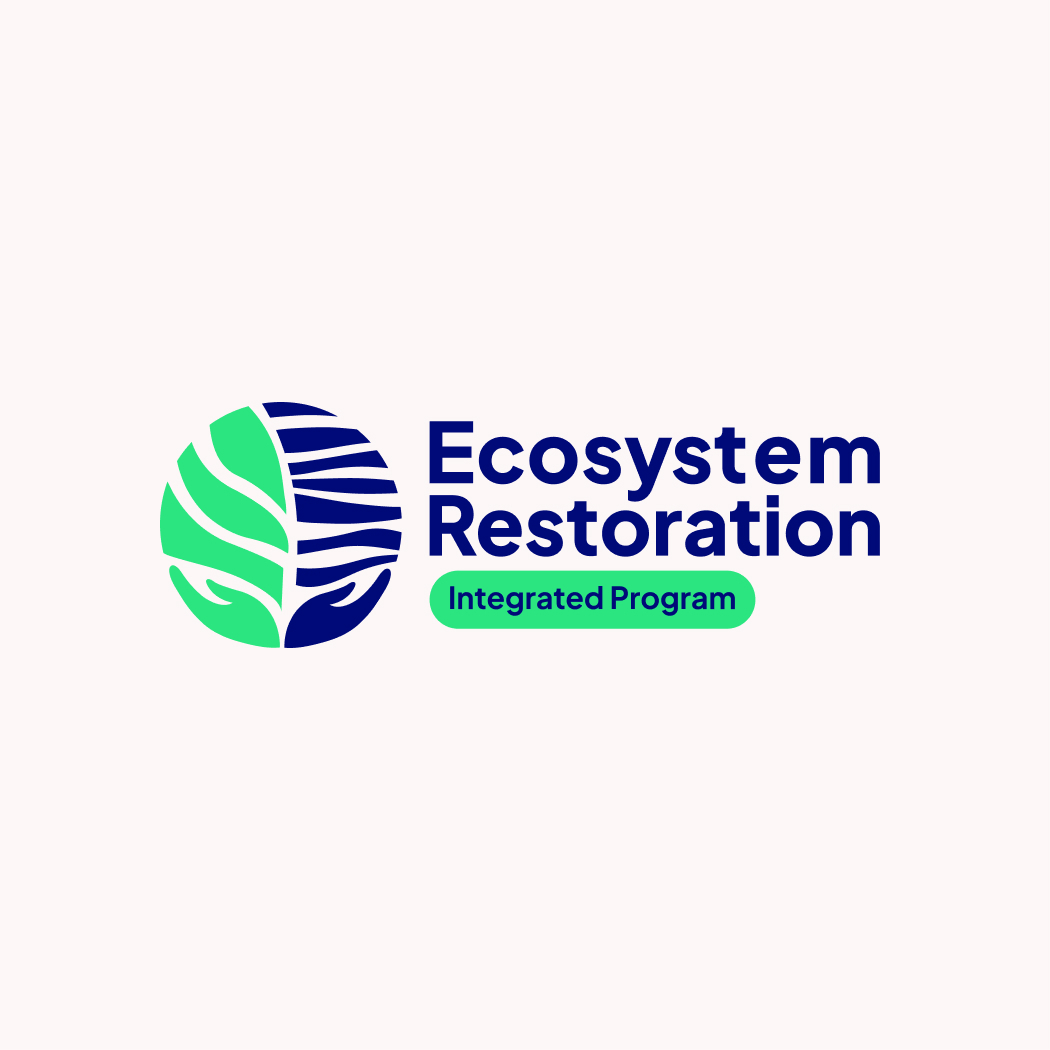Restoration Ambition
Cambodia’s project will implement integrated watershed management across the Tonle Sap Basin, with communities playing a central role. It supports national and global restoration goals by improving decision-making tools, strengthening multistakeholder collaboration, and building participatory models for sustainable watershed management.
The project will develop policy briefs on watershed management and financing and create an Integrated Tonle Sap Basin Management Plan. It will enhance tools for adaptive decision-making, reactivate watershed forums, and promote community-led models for managing natural resources. Restoration activities will target forests, biodiversity corridors, wetlands, and riparian zones, while expanding tree cover through agroforestry. The project will also introduce diversified livelihood models to support conservation, establish public-private-community partnerships to implement a payment for ecosystem services (PES) mechanism in Siem Reap, and build a knowledge-sharing system linked to CEMIS (Cambodia Environmental Management Information System).
By improving ecosystem services and supporting local livelihoods, the project aims to secure long-term sustainability and resource management across the basin.
Photo credit: © Kristin Harrison & Jeremy Ginsberg
